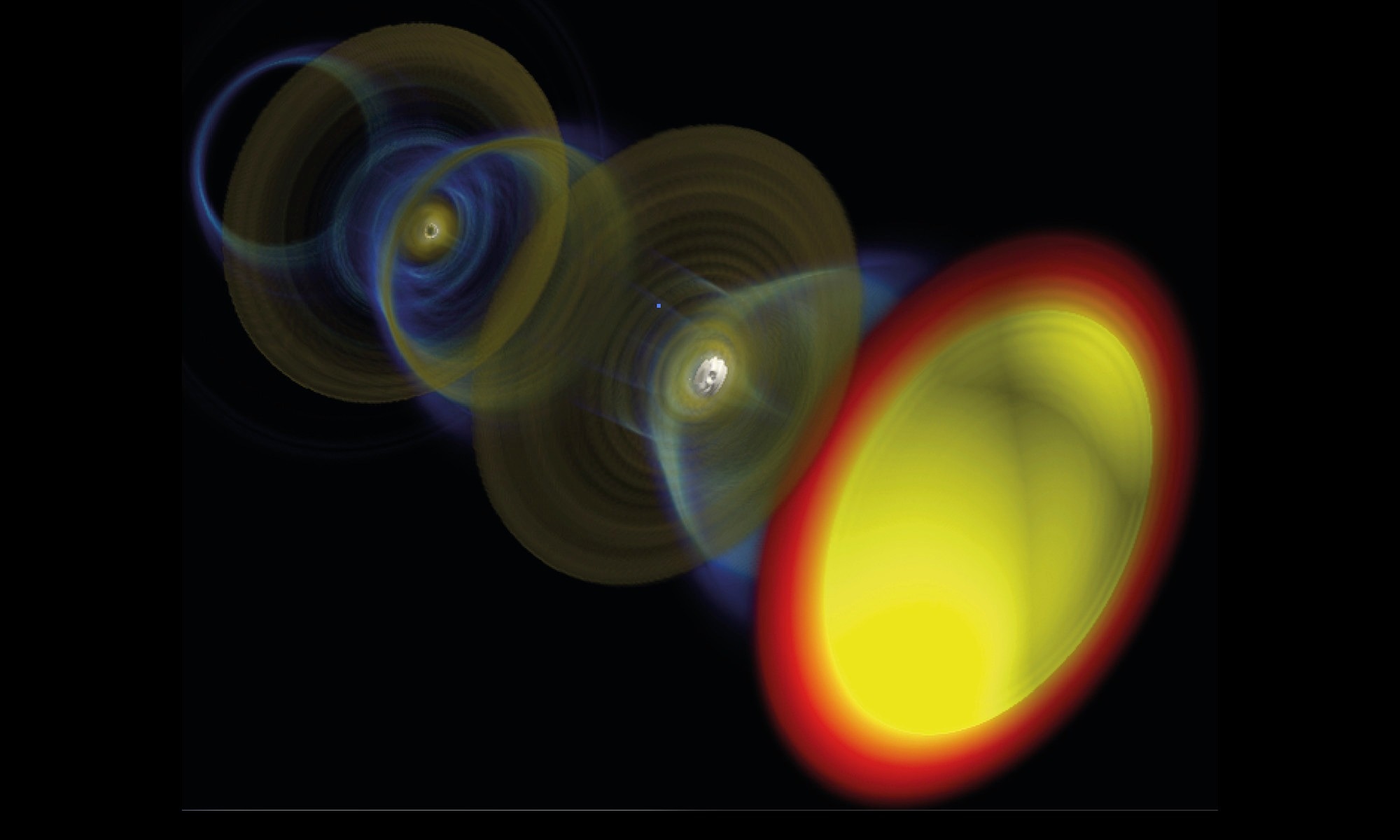Quasiparticles’ allegedly physics-defying characteristics could be used in non-destructive imaging and computer chip production, among other uses.
 LIGHT BRIGHTER: A team of scientists ran advanced computer simulations on supercomputers to propose a way to use quasiparticles for super-bright light sources. Image Credit: Bernardo Malaca
LIGHT BRIGHTER: A team of scientists ran advanced computer simulations on supercomputers to propose a way to use quasiparticles for super-bright light sources. Image Credit: Bernardo Malaca
To develop very brilliant light sources, an international team of experts is reevaluating the fundamentals of radiation physics. Researchers from the University of Rochester, the University of California, Los Angeles, the Instituto Superior Técnico (IST) in Portugal, and the Applied Optics Laboratory in France suggested using quasiparticles to create light sources that are much smaller and just as powerful as the most sophisticated ones currently in use in a recent study that was published in Nature Photonics.
Many electrons traveling in sync generate quasiparticles. They can move at any speed, even faster than light, and survive extreme stresses, such as those seen near a black hole.
The most fascinating aspect of quasiparticles is their ability to move in ways that would be disallowed by the laws of physics governing individual particles.
John Palastro, Assistant Professor, Department of Mechanical Engineering, University of Rochester
Palastro and his colleagues investigated the peculiar features of quasiparticles in plasmas using sophisticated computer simulations on supercomputers made accessible by the European High-Performance Computing Joint Undertaking.
They envisage intriguing applications for quasiparticle-based light sources such as non-destructive virus scanning, understanding biological processes such as photosynthesis, manufacturing computer chips, and studying the behavior of matter in planets and stars.
The flexibility is enormous. Even though each electron is performing relatively simple movements, the total radiation from all the electrons can mimic that of a particle moving faster than light or an oscillating particle, even though there is not a single electron locally that’s faster than light or an oscillating electron.
Bernardo Malaca, Study Primary Author and Doctoral Student, Instituto Superior Técnico
Compared to current versions, such as free electron lasers, which are bulky and rare, making them unfeasible for the majority of labs, hospitals, and enterprises, quasiparticle-based light sources could provide an obvious advantage. According to the study, quasiparticles can produce extremely bright light with a small distance to travel, which could lead to significant advancements in science and technology in laboratories all over the world.
Journal Reference:
Malaca, B., et al. (2023) Coherence and superradiance from a plasma-based quasiparticle accelerator. Nature Photonics. doi:10.1038/s41566-023-01311-z